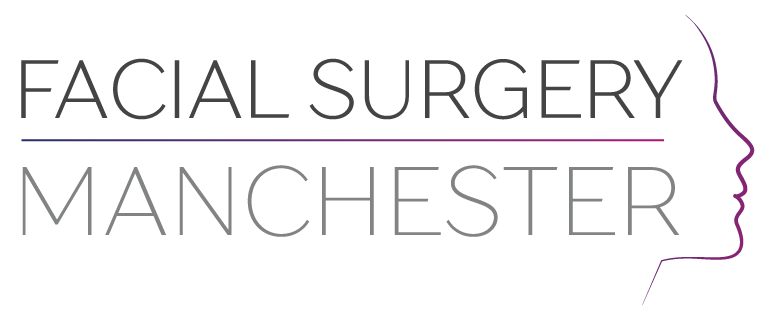
Spring BSRS meeting – current hot topics in rhinoplasty
Posted in Uncategorised on 18th April 2015 by Liberonet-FacialAdminLiberonet-FacialAdmin.
The Spring meeting of the Brit. Soc. of Rhinoplasty Surgeons on Friday 17.4.15 was held in the historically interesting Barber-Surgeons Hall in the City of London. This beautiful venue is tucked away behind gleaming towers next to part of the original Roman London city wall and houses a Hans Holbein painting depicting Henry VIII issuing the act to separate the Company of Surgeons from the Barbers – which resulted in the modern Royal College of Surgeons of England now housed in Lincoln’s Inn Fields.
This excellent meeting was organised and hosted by Mr K Patel with guest lectures from Prof Gruber and Mr L. Ion. This was a stimulating meeting with interactive discussions on such topics as the advantages / disadvantages of using ‘morphing’ photographic software in consultations – e.g. a potential advantage as a helpful communication tool versus the potential disadvantage of if the prediction was not a perfect match to the outcome. There was also interesting discussion about the merits of different suture selection for tip-sculpting sutures – individual intelligent selection for each suture (with various options available to the surgeon) remains a sensible approach provided the surgeon is aware of the benefits / risks. The Prof Gruber delivered an excellent and honest reflection on his experiences with rhinoplasty over his long career – including his considerable contributions to the field with his 4 step suture technique, spacer flap technique and further refinements in precise suture placement to achieve the changes in form required. Excellent lectures were given by Mr Ion on control of tip projection, Mr Banarjee on suture selection and Mr Patel an exemplary illustrated talk on nasal tip support.
In the afternoon, in the popular case discussion session, cases were presented and discussed by a panel of surgeons with a range of years of experience – Prof R. Gruber, Mr L. Ion, Mr K. Patel & Mr T. Blackburn in addition to delegates’ case presentations and contributions. These cases ranged from complex major / reconstructive rhinoplasty cases to highly precise aesthetic cases. Once again, this led to helpful open contributions as to reflect on the optimal surgical approach for the various cases and challenges presented.
As time moves on, rhinoplasty has come a long way from the simple tissue-removal (‘destructive’) techniques often performed via ‘closed’ approach to being very much more tissue-preserving with the step-wise specific application of corrective steps. The use of grafts – which a decade ago was more prolific, remains a key tool and has found a more measured application where suture techniques alone are not enough, and are nowadays more often utilised in carefully concealed parts of the cartilage scaffold of the nose. The move towards more procedures being performed with the open technique (with direct vision of the bony/cartilage scaffold) was again apparent at this meeting as the quest to have more control / predictability in rhinoplasty surgery continues.